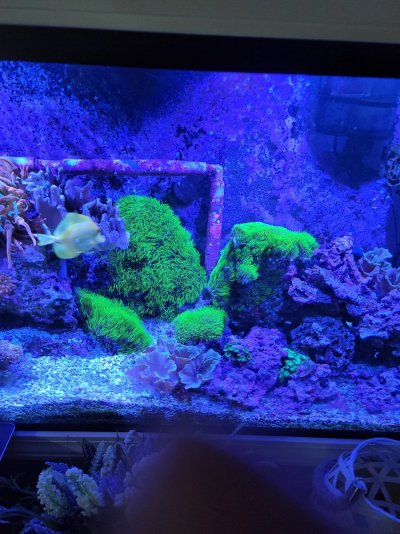hello, so I have a 10 gallon with an oce clown and an orchid dottyback (planning on upgrading to a 20 long and both fish are still very small), and I wanted to add some easy corals today. the light I have gives off 78 par at 12 inches and I'm planning on putting the corals around the 5-6 inch mark so they'll get roughly 100 par if I did the math correctly lol. anyways, I just wanted some easy corals to start off with that wont cause any trouble. so one of my main questions is how exactly do you go about putting a coral in your tank? i bought reef dip and heard that I should use only half the dose for it on the coral, is this true? or should I use the full dose? and also, how exactly should I put it in a tank? should I remove the frag plug and put the coral in the tank? i don't have coral glue yet but I can get it today if need be. is it necessary or can I just put the coral straight on a rock? also, I am not planning on quarantine as I still have a small tank so I didn't get a RODI unit, and so I don't have enough water nor do I have another light for the coral to be quarantine. yes ik it is risky but it is the only way, but I will use reef dip just in case. and lastly, what are some good corals to get? i already have pulsing xenia and toadstool. i am planning the pulsing xenia just because It is one of my favs and also, a 20 long isn't too big so even if it takes over a bit, it'll be easy to trim down. plus i just really like the look. also, should I acclimate my corals to my light or should I just turn on the light after putting the corals in the tank for a few hours? my light is adjustable (its a nicrew light), so how should I go about lighting? i am planning on setting the light on mainly the blue light at night with the white light in the morning. so, could you help answer my questions? please and thank you!
Last edited:



















